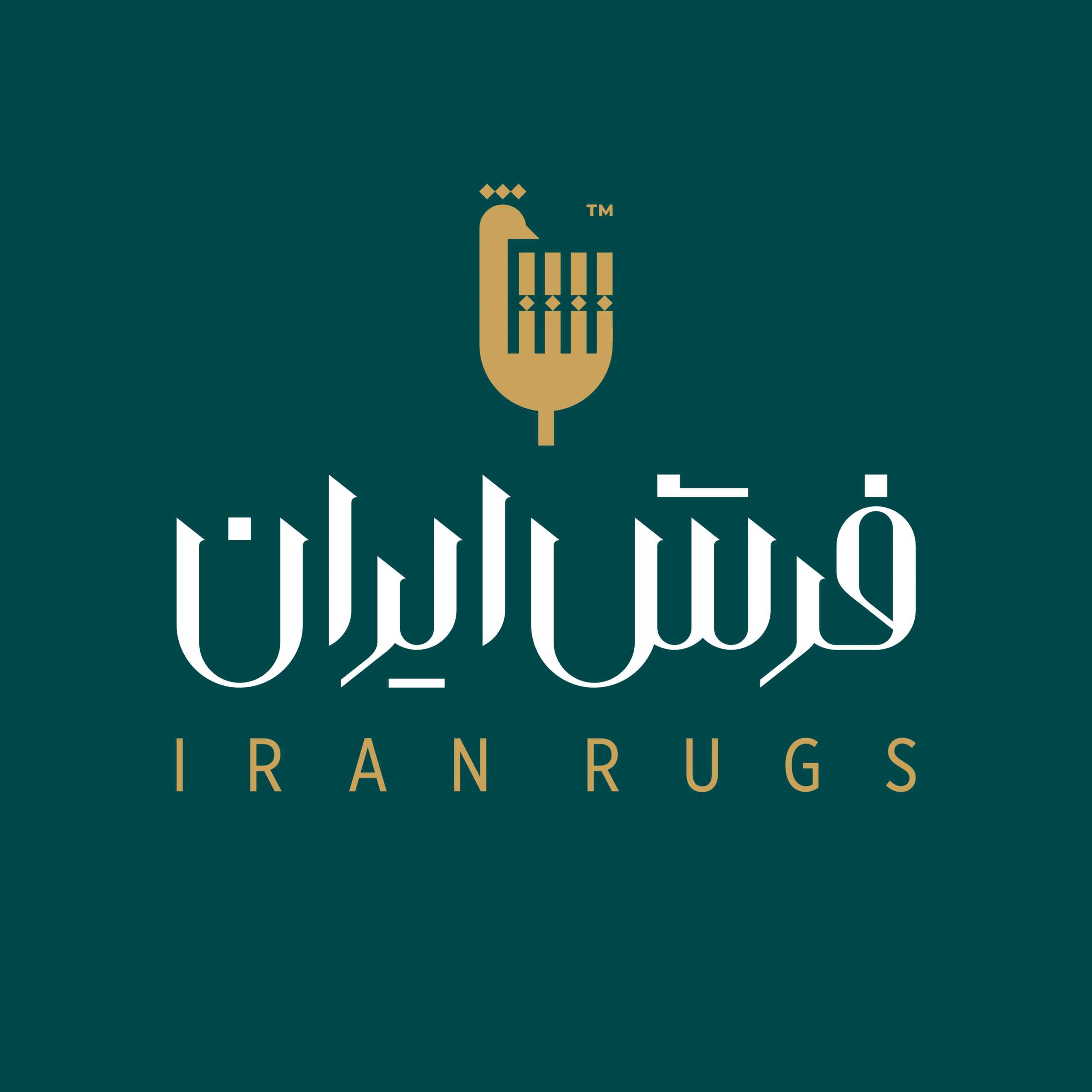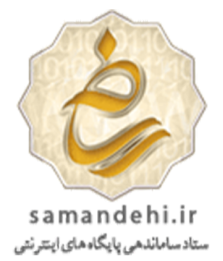As mentioned, Iranian carpet is the first carpet that was woven in the world. With the excavations of Professor Rudenko, which led to the discovery of the Pazyryk carpet, the history of hand-woven carpets returned to the Aryans. Many historians also believed that among the spoils that the Romans took with them after attacking Iran, there were Iranian handwoven rugs and carpets. Looking at the images left by European painters of the past, we come to the image of Iranian carpets.
Classic carpets with old designs of Derakhshesh period owe their special attention to the Safavids, especially during the period of Shah Abbas II. Shah Abbas II was one of the skilled weavers of Iranian carpets and he established several workshops in the capital of his government, the city of Isfahan. It is said that there are about 3000 carpets left from the Safavid period, which are kept in various museums around the world. Many historians know the implementation of trench designs between the carpet and lach from the time of the Safavid kings, which is known as Lach Taranj.
The 19th century was the beginning of a new period and of course the beginning of a new phase of exporting Iranian hand-woven carpets, especially Tabriz hand-woven carpets to Europe, in order to collect antique carpets in Farsh Mashreq market in Constantinople. There were many carpet weaving workshops next to the King’s Palace, which were engaged in the weaving of Iranian hand-woven carpets. Their number increased with the expansion of relations between Iran and countries such as England, America, and Germany, and they were working until the First World War.
Considering the lifestyle of the people in the past and the formation of lifestyles in the tent, it is possible that the first carpets were woven by these people in the tent. Carpet weaving, or the famous art of knots in history, was introduced to that country with the conquest of Babylon by Achaemenid Cyrus. With the Arab attack on Iran, Khosrow’s Bahar carpet, which was one of the most famous and valuable woven Iranian handwoven carpets, was looted in this campaign.
Finally, with the expansion of solidarity between different nations and the increase in carpet exports, as well as the intermingling of cultures, the style of modern hand-woven carpets entered the scene of carpet weaving. European designs, especially French ones, or the coat of arms of kings, lifestyles, elders of other countries, etc., were among the things that attracted the attention of other weavers. Today, the French style of hand-woven carpet is one of the most popular designs.
With the knowledge of Islam and its entry into various arts such as carpet weaving, religious and Islamic designs in hand-woven carpets gained strength and received the special attention of religious people and Islamic countries.



